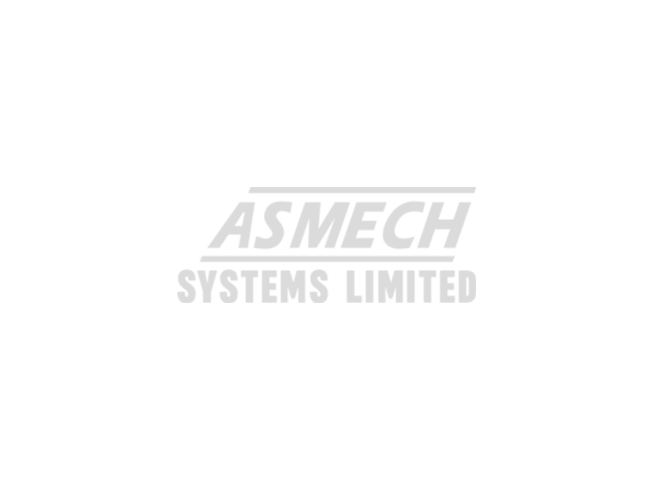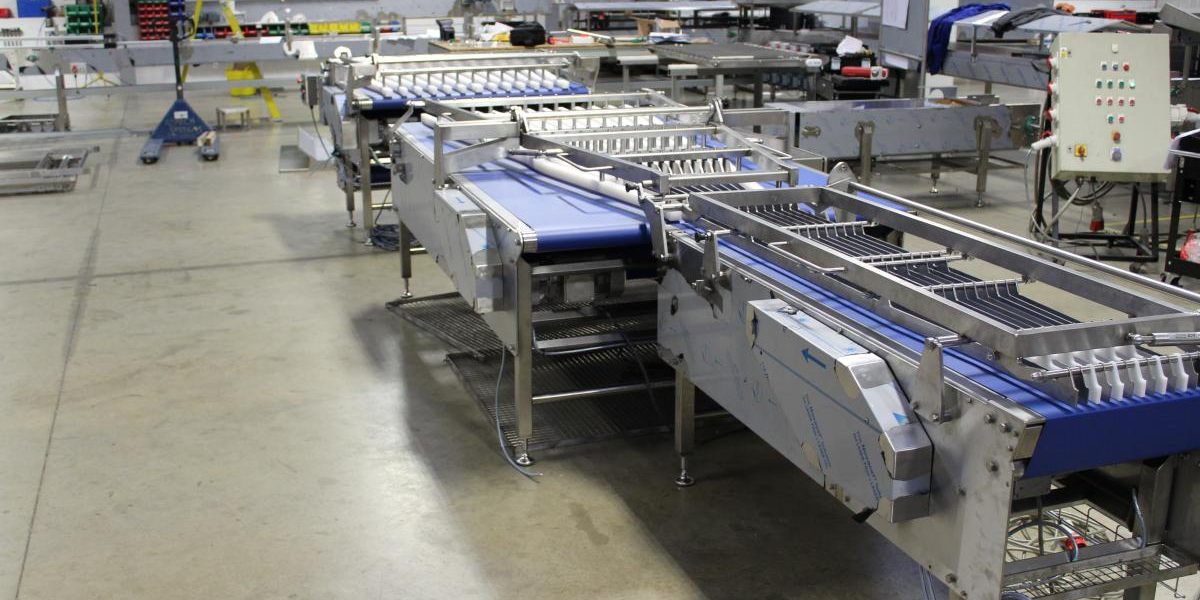Belt conveyor systems are designed to do a range of tasks in a wide variety of industries. A conveyor belt is the main component for “carrying” product along. Each conveyor system requires different designs for practicality of the job in hand.
The type of system you may require for your project will depend on the task and will take into consideration weight, speed, and throughput requirements. Asmech Systems Ltd. have many standard belt conveyor systems and we also work with you to design your own bespoke system where needed.
What is a belt conveyor system?
A belt conveyor system consists of two or more pulleys, often called drums, which come complete with an endless loop of carrying medium (the belt conveyor). This rotates around creating a pull effect for carrying goods. At least one of the pulleys will be powered, which moves the belt and the goods forward along the system.
What are the belts made of?
A bespoke manufacture service from Asmech Systems Ltd. can give you exactly the requirements you need for your product. Belt conveyors can consist of many layers of material and it is common for belts to have a minimum of three layers: a top cover, a carcass, and a bottom cover. Dependant upon the goods being moved this can mean more layers to your conveyor system.
The carcass is to provide strength and shape to the conveyor system and is usually manufactured using a woven or metal fabric. The most common materials for use on a conveyor are steel, polyester, nylon, and cotton, but there are others that can be used, dependant upon your product. The food industry will always use blue material for their belt conveyors, as they are washable and will need to comply with hygiene laws for the food industry.
The use of which material will depend on the product, for instance if the belt conveyor is carrying heavy goods, steel should be used because of their high strength and increased durability.
Technical add ons
A fundamental part of a belt conveyor system to ensure smooth running is the drive arrangement, this includes gear boxes, drive motors, and associated couplings. In addition to this, there are also several optional components which can be used as and when they are needed.
An example of which may include:
- Belt scrapersto remove any material carry-back
- Auto tensionersto maintain the tightness of your belt conveyor
- Removable rollersfor cleaning and excess raw product removal
- Auto trackingthat realigns belts moving off-centre.
Overall belt conveyors are versatile, low maintenance, and help speed up production. You can find out more here or for more information on our Belt Conveyors or any other conveyor or automation enquiries please call us on 01623 424 442 for a no-obligation chat, or message sales@asmechsystems.co.uk with your thoughts or enquiries!









